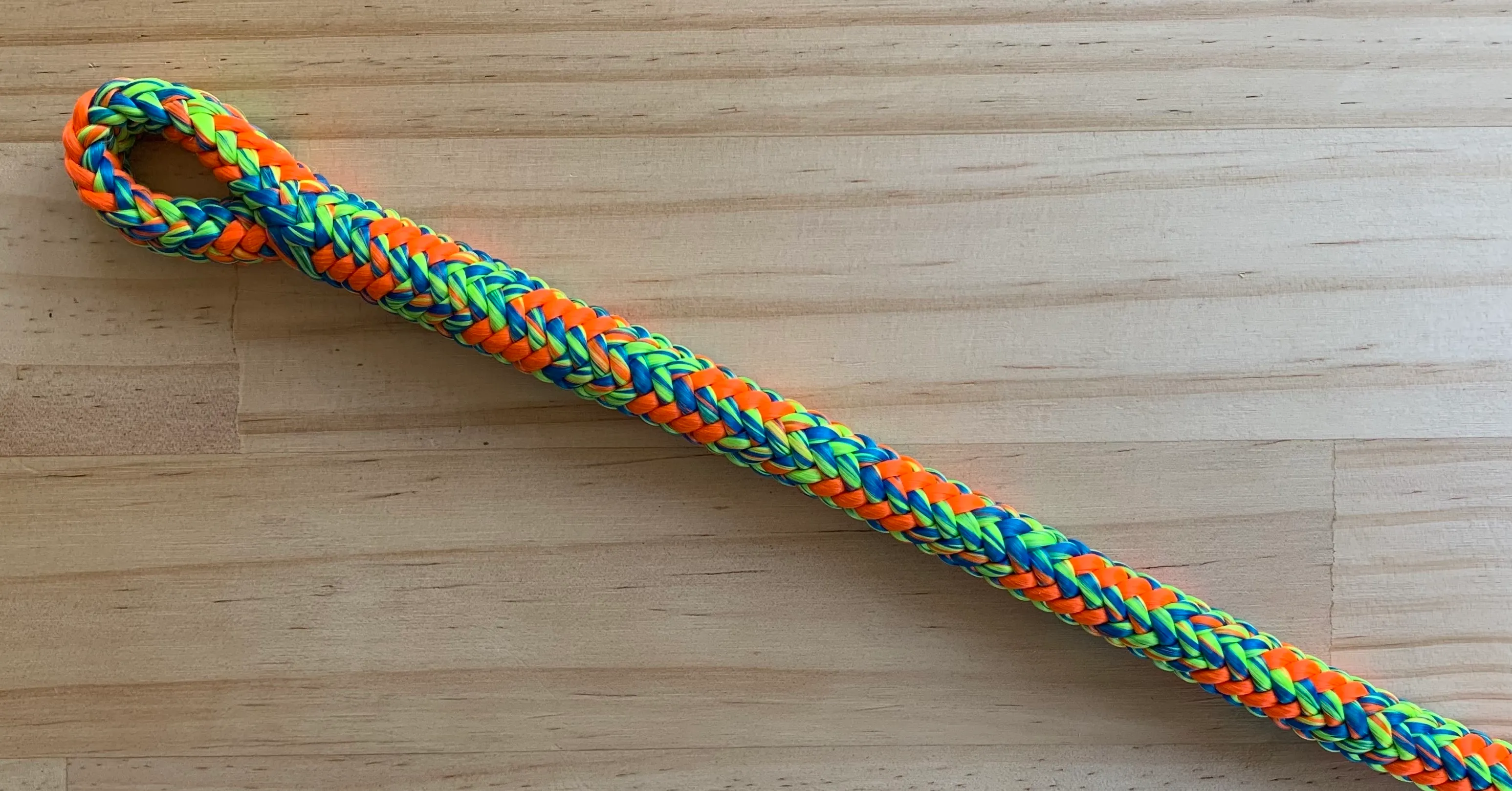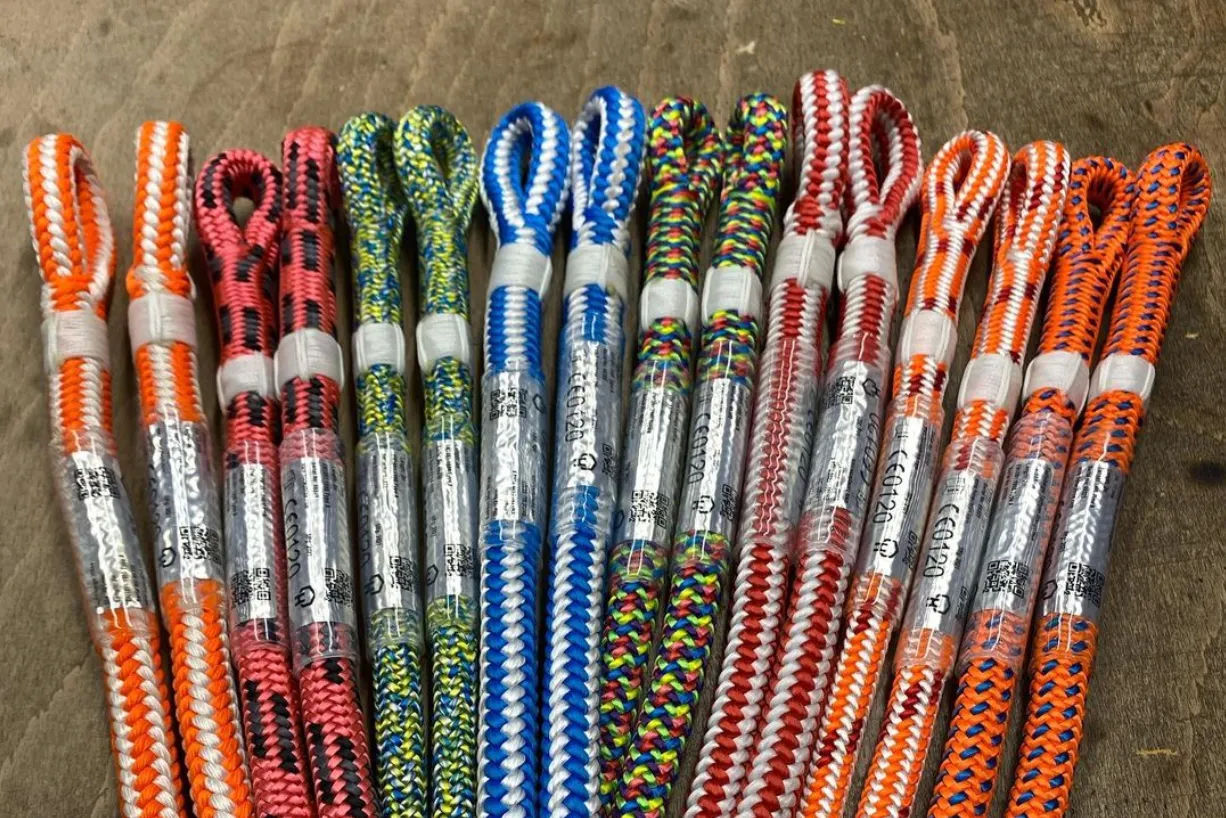
Rope is the backbone of our industry. There's a problem with rope though...
Rope manufacturers produce rope in 10,000 or 20,000 metre batches. When rope is made, it’s a singular thing. However, manufacturers often finish making the rope and then immediately cut it—what was one rope becomes ten ropes in an instant.
The rope was one thing, now it’s ten things. But, it’s all the same thing.
There's an industry-wide challenge in maintaining consistency of information between that initial rope and the material it was made from, and the ten lengths it was turned into.
Adding to the challenge is distinguishing one of the ten lengths from the other nine, especially once it’s thrown in a box and shipped off around the world to ten different resellers.
The rope is cut once again when it reaches the reseller, sometimes into ten more lengths of 100 metres each, and sometimes shorter.
The challenge is to create an identifier to distinguish between all lengths or rope, and maintain traceability to the master spool.
Again, the challenge is to create an identifier to distinguish between all lengths of rope—that may, or may not go to the same customer—and to maintain traceability to the original spool.
Once the lengths of rope are purchased by the end user, they begin their life on the worksite. It’s not uncommon for a rope to get damaged on day one of its use. It will then be cut down from 100 metres to 60 or 40 metres, and is entirely safe to use when cut.

Just to complicate things further.
A reseller will often splice or sew a termination at the end of a rope. Once spliced, the rope changes from being one product with one certification (the rope) to being a new product with a different certification (the spliced rope).
Spliced rope requires all of the original information about the rope and requires the information and evidence of the splice process and if it has been done properly.

The challenge then for the reseller is to connect the information about the original length of rope with the new length of rope or terminated rope, and to add additional data such as a unique ID as well as to evidence the process - sew, splice or termination.
The way we see it is that the original spool of rope is like an ancestor, and has a long line of descent—a rope has many children and grandchildren, with a long lineage between the original spool and its descendants.
To tackle this challenge, we’ve built a lineage tool to allow manufacturers, resellers, and product owners to maintain that inheritance of data no matter how many times the rope is cut or spliced, nor how big of an operation you’re part of.

We make recalls easy! If any of the cordage or lineage in your company is subject to recall, the simple user experience we deliver means that if a master spool is recalled, we will send a notification of the recall for any of the lengths you own.
You can stop the unnecessary waste of time and equipment. Having rope labels that are able to be scanned by a mobile phone long after the printed label is no longer readable means it's easy to quickly reference details about the rope and make an informed decision about its usability, rather than just sending it straight to the landfill because you can't identify it.
Ultimately, accessing and saving data about the equipment that is used every day by people who work at height quickly improves decision making. Having information readily available for anyone who needs it means it’s easier to make better informed decisions. And better informed decisions mean staying safer at work.
Tracing ropes is hard, especially when they’re cut into a million pieces (ok, slight exaggeration, but only slight). We’ve built the tools to help you maintain traceability for every length of rope to help you make better decisions that keep you safe, keep perfectly good rope out of the landfill, and make recalls easier than ever.